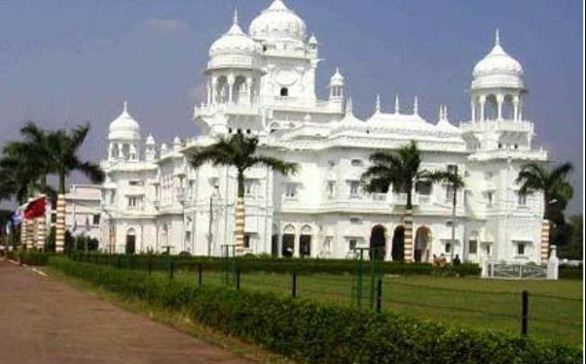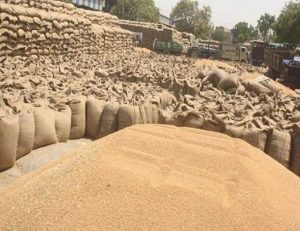Lucknow, June 28: The long-awaited skin bank will be functioning at King George’s Medical University (KGMU) within the next two months. This will be the first skin bank in the state.
According to officials, the acquisition of required equipment has already begun, and civil construction is nearing completion.
Prof Vijay Kumar, Head of the Department of Plastic Surgery at KGMU, stated, “The skin bank is being developed using Corporate Social Responsibility (CSR) funds. A biosafety cabinet, skin donation truck, cold chamber, sealer, shaking incubator, dermatome, walk-in freezer, and other equipment are being purchased. Furthermore, the civil work is nearing completion and will be completed soon. We expect patients to gain access to the skin bank within two months.”
Explaining the necessity, officials said that in the skin bank, donor skin is taken from those people who want to donate organs after death. After harvesting and preserving the cadaver’s skin, it is used for grafting in severely burned patients because there is usually no space on their body to allow the skin to cover deep burn wounds for faster healing. Since there is no skin bank in the state, the doctors are forced to extract the skin of the burn patient from a safe area.
However, a senior faculty member at KGMU said that patients with severe burns often die of infection because they have no skin left that can be used for grafting.
Officials explained the need, saying that donor skin is collected from persons who want to give organs after death and stored in the skin bank. After the cadaver’s skin has been harvested and preserved, it is utilised for grafting in badly burnt patients since there is typically insufficient room on their body for the skin to cover deep burn wounds for speedier recovery. Because there is no skin bank in the state, surgeons are compelled to take the burn patient’s skin from a safe place.
According to a prominent faculty member at KGMU, patients with serious burns often die of infection since they have no skin left for grafting.
“In the absence of a skin bank, the chances of infection in a severe burn patient (more than 55%) are now very high. We deal with two to three major instances every two to three days, and saving them is quite tough since they frequently become infected,” he continued.
The announcement of the skin bank at KGMU in a 1,500 sq ft space was made in April 2022, with a deadline of January 2023. However, owing to permission from several departments, the civil work was delayed by four months. According to authorities, these concerns have already been resolved.





